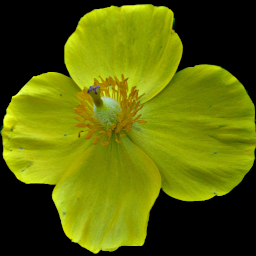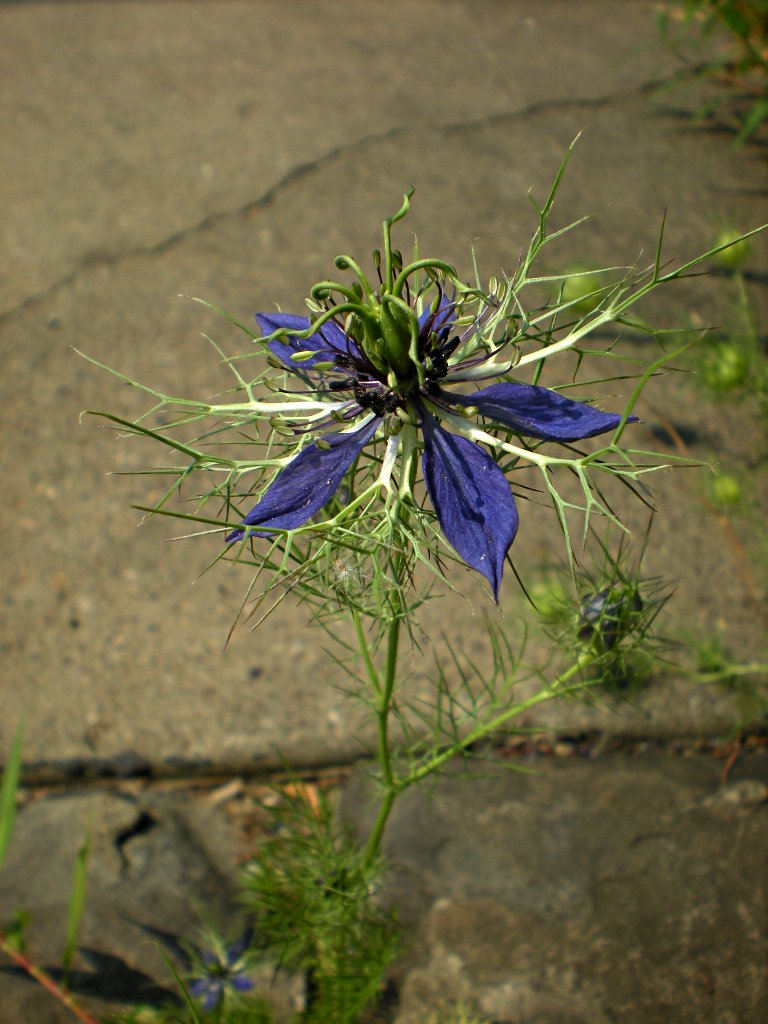 Sometimes called just “balm,” as it was in older times; we moderns like to multiply syllables. A delightful lemon-flavored mint often planted in herb gardens, from which it immediately begins plotting its escape. Unlike Spearmint, which spreads by runners, Lemon Balm seeds itself everywhere, and the little seeds can easily wash downhill a considerable distance from the planting site. Once you have lemon balm, you have it forever, and in the most unexpected places. It also pops up in vacant lots and other unmowed areas. When Gray says “sparingly escaped from gardens,” it shows us that he never tried growing the stuff.
Sometimes called just “balm,” as it was in older times; we moderns like to multiply syllables. A delightful lemon-flavored mint often planted in herb gardens, from which it immediately begins plotting its escape. Unlike Spearmint, which spreads by runners, Lemon Balm seeds itself everywhere, and the little seeds can easily wash downhill a considerable distance from the planting site. Once you have lemon balm, you have it forever, and in the most unexpected places. It also pops up in vacant lots and other unmowed areas. When Gray says “sparingly escaped from gardens,” it shows us that he never tried growing the stuff.
The lemon scent and fuzzy stem and leaves are characteristic. Little white flowers appear in rows of bracts, and bes love them; in fact, the generic name means “bee” in Greek. This plant grew spontaneously at the edge of a yard in Beechview, where it was blooming in early July.
Gray describes the genus and the species:
MELÍSSA [Tourn.] L. Balm
Calyx with the upper lip flattened and 3-toothed, the lower 2-cleft. Corolla with a recurved-ascending tube. Stamens 4, curved and conniving under the upper lip. Otherwise nearly as Satureja. — Clusters few-flowered, loose, onesided, with few and mostly ovate bracts resembling the leaves. (Name from Melissa, a bee; the flowers yielding abundance of honey.)
M. officinalis L. (COMMON В.) Upright, branching, perennial, pubescent; leaves broadly ovate, crenate-toothed, lemon-scented ; corolla nearly white. — Sparingly escaped from gardens. (Introd. from Eu.)




